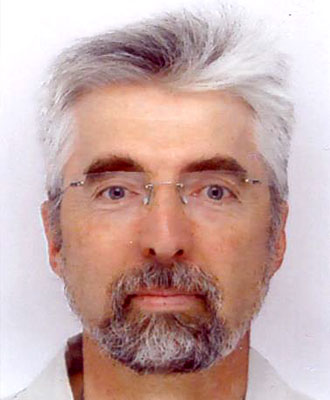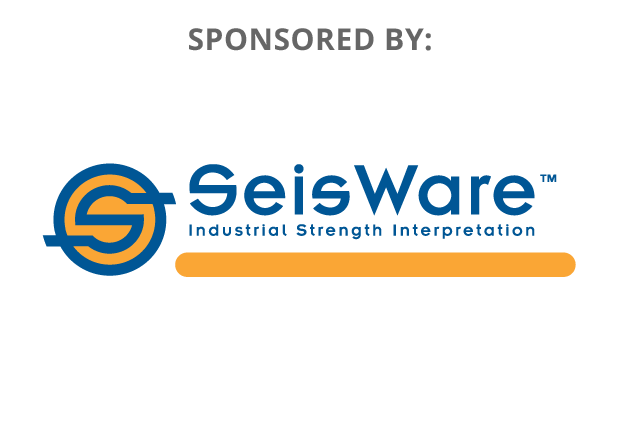Abstract
Different challenges of resources discovery and management, better mitigation of natural hazards, and acute understanding of the earth’s system require high-resolution imaging of the earth in more complex regions at various scales. Dense multicomponent surveys with a broad range of frequencies have been deployed by the industrial and academic communities for targeting these different scales, from global earth to near surfaces, through lithospheric and crustal zones. The dramatic exponential increase of the seismic data, both in volume and quality, has pushed limits in our imaging capacities to unrevealing spatial resolution.
These new data sets provide the basis for breaking new ground in the extraction of the full information content of seismic traces by the quantitative reconstruction of different subsurface parameters such as the P- and S-velocities, the density, the attenuation factors, as well as anisotropic parameters. The current way to proceed is through linearized optimization because the relation between subsurface parameters and traces is nonlinear. This approach has been promoted as full-waveform inversion (FWI), and we face several problems from high-performance computing to data-mining issues.
Because of the huge quantities of data, the optimization for reducing the misfit function between observed and synthetic traces is based on the efficient local Newton method. Gradient operator of the misfit function and the Hessian operator must be estimated efficiently and accurately.
Embedded into these operators’ estimation, the forward problem is the linear partial differential equation (PDE) related to wave propagation. Different modeling engines might be used depending on the case study at hand. Designing efficient and flexible algorithms of wave propagation is mandatory and should be thought of in the perspective of computing gradient and Hessian operators. Strategies based on symmetric forms of the wave equation are introduced to achieve this goal.
The Hessian has a key role because it may partially scale the parameter updates, correct cross-talks between parameters of different nature, and compensate for variable illumination resulting from the acquisition geometry and the medium heterogeneities. Adjoint and second-order adjoint methods allow matrix-free conjugate gradient solution of the Newton system. Fast asymptotic analysis of the Hessian structure opens possible roads for specific localized amplification of small energy zones in the data space for improved projection of the data information into the model space (especially in shadow zones) using the full-wave equation.
For linearized data-fitting procedures, designing a pertinent initial subsurface model is a key issue to alleviate secondary minima in our local search of the solution. Subdata sets can be presented progressively to the optimization engine to overcome this intrinsic difficulty of multiple minima. For example, we may consider different frequency bands from low to high, different component or parameter selections during the inversion procedure, as well as different transformations.
When different phases (such as direct/diving/refraction phases, reflected phases, and surface phases) are identified, we may adapt the model description accordingly. They can be manipulated separately for partial reconstruction with specific misfit functionals in order to take advantage of the properties of these phases: dispersion for surface waves, and localized impedance contrast for reflection waves. Ultimately, one may consider them together near the final solution.
More often than we think, we may say something about the subsurface to be reconstructed as previous depth migration/imaging, well information, or from other data. Therefore, in our fitting procedure, we may introduce prior model information and prior uncertainty estimation. This model component of the misfit function could overcome difficulties related to sparse or limited acquisition configuration.
One may expect, in the future, that combining different remote-sensing observations takes the benefit of the different samplings of the Earth’s interior. Moving progressively to a multiscale reconstruction of our unique living planet is the dream of scientists collecting geophysical data.
Biography
Jean Virieux, fellow of Ecole Normale Supérieure (Ulm) and of the American Geophysical Union (AGU), professor at the Université Joseph Fourier- Grenoble, and member of the Institut Universitaire de France, is a seismologist working at the Institut des Sciences de la Terre (ISTerre). He earned his PhD in "Earthquakes: rupture and waves" in 1986 at the University Denis Diderot-Paris under the supervision of Pr. R. Madariaga. He received the EAGE Cagniard Medal in 2006, the SEG Best Paper award in 2008 and a Bright Spots in 2009 with his coworkers, the Jaffé Grand Award of Académie des Sciences in 2009, the Barrabé Award of the Société Géologique de France, the Adion Medal of the Observatoire de la Côte d'Azur in 2012, and the EAGE Erasmus Award in 2013.
Virieux’s research is oriented to seismic-wave propagation modeling through field experiments and theoretical modeling in heterogeneous media. Traveltime tomographies based on ray theory or full-waveform inversion based on volumetric numerical methods solving elastodynamic equations allow high-resolution imaging of crustal structures (Mt. Vesuve/Italy; Corinth Gulf/Greece; Vallhall/Norway). Multiparametric reconstruction of the earth at various scales from 3D important databases is the current challenge of engineers and researchers in the framework of the consortium SEISCOPE supported by many industrial enterprises led in part by Virieux. Seismic dynamic-rupture imaging related to earthquakes has also attracted his attention (because he completed his thesis on this topic) through international collaborations and national support from the Agence Nationale de la Recherche.






